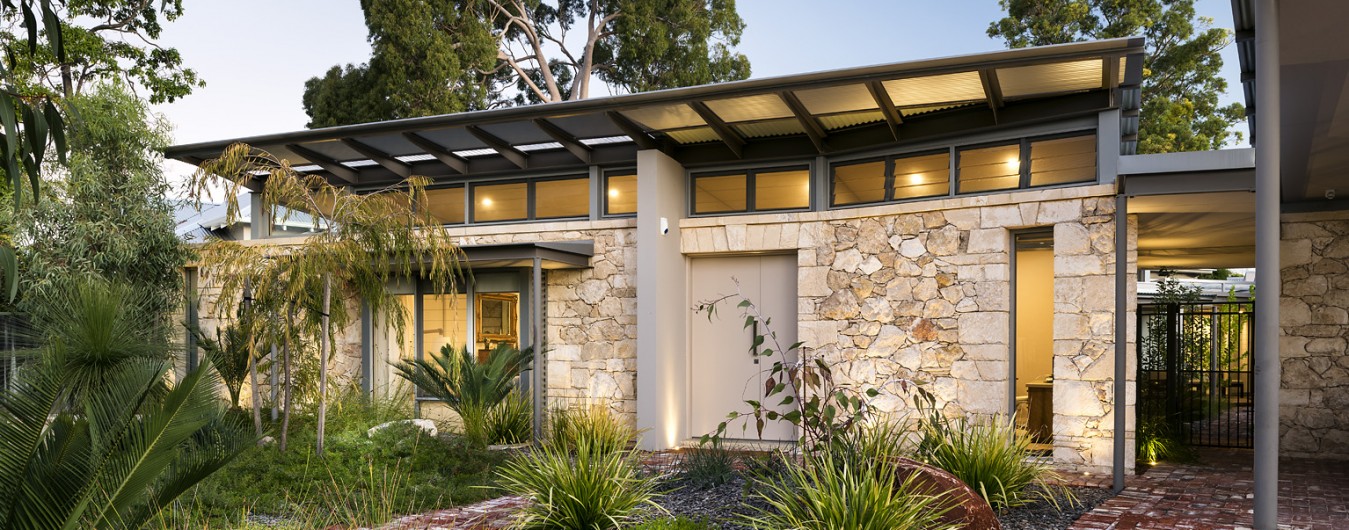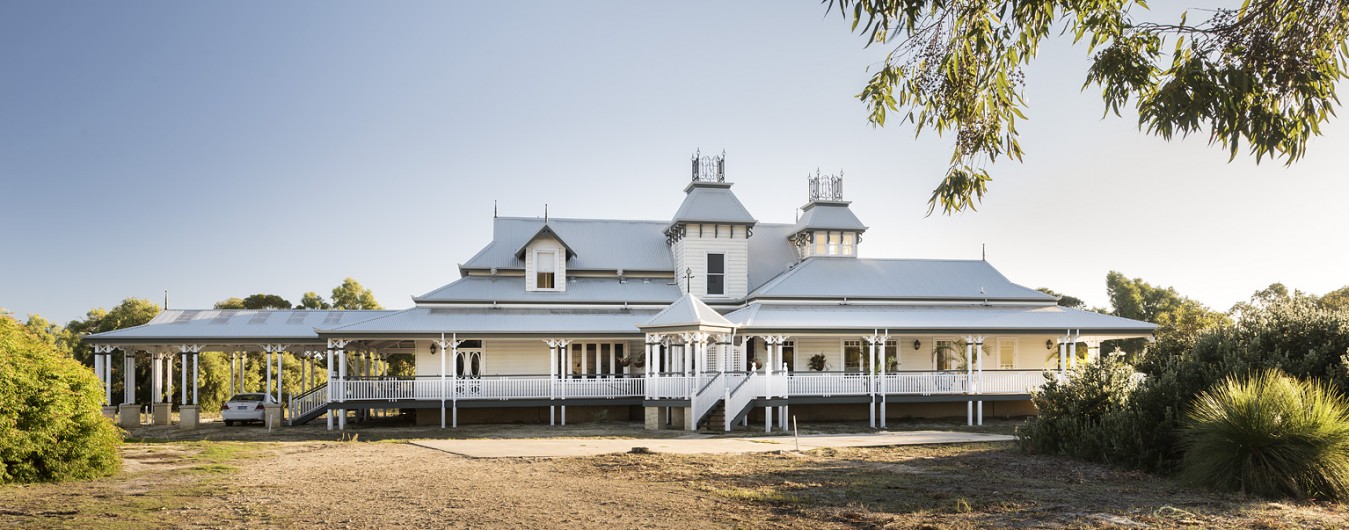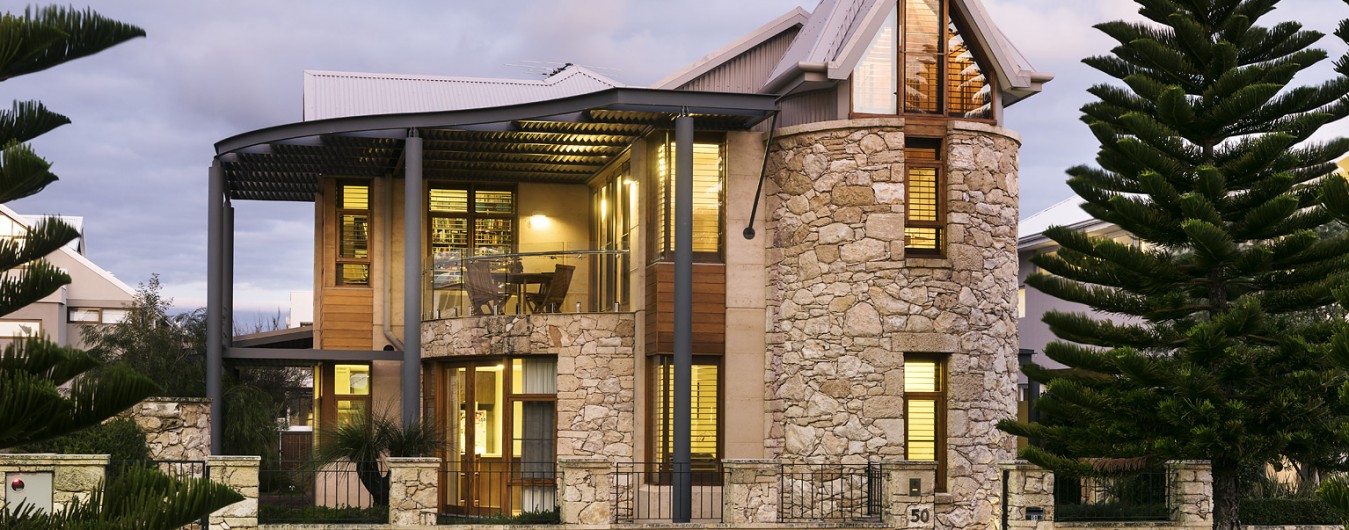Green Architects
As we all become more aware of green issues and the impact that that our lifestyles and consumption patterns have on our environment, many people are examining their living patterns and the way their homes are constructed, in order to reduce their energy demands.
Green Architects Professional Training
As this interest has increased, the architectural profession has responded with specific environmental architecture training courses to enhance the skills of those interested in becoming green architects.
Natural Comfort
When new buildings are designed by experienced green architects, using the latest energy-efficient principles, owners enjoy reduced energy consumption and a more naturally comfortable environment. Owners of non-energy efficient buildings may ‘retro-fit’ their existing buildings to reduce energy loads and achieve greater comfort.
Using Green Building Products
The actual building construction materials will be selected to conform to the rating requirements for insulation and heat storage, depending on the geographic location of the new building. As demand increases, the market responds with innovation, variety and price competitiveness, increasing the available choices.
Construction Materials
A green architect must be aware of the latest developments in green building products and green building construction. The embodied energy in the selected materials will be taken into account and whether the materials are environmentally friendly. Some materials have out-gassing or toxic coatings and should be avoided. Low toxicity paints, varnishes, solvents and oils are now readily available in most cities.
Renewable Energy Supply
The architect or engineer will select the optimum size of photovoltaic cell panels and solar hot water systems for power and hot water supply to the building. Panels must be carefully located for access to the sun for the longest periods. Trees, overhanging shade structures or adjoining buildings will affect the efficiency of the panels.
Building Orientation
Does the building face the sun in the morning or evening? Building orientation is of the greatest importance to maximize passive solar benefits and save on heating or cooling costs. Certainly, in a world that is becoming alarmed at the rise in energy costs and the forecast depletion of fossil fuel stores, many more educated people are requesting a greater level of energy savings in their living and working environment.
Green Building Design Data
The more you know about the principles of low energy building design, the more appreciative you will be of the design process. We highly recommend the user-friendly green building design guide “Low Energy Buildings in Australia”.
Cutting Edge Design
There needs to be nothing ‘alternative’ about the appearance of a green building. The design will depend entirely on the skill and creative process of the architect.
A green architect can design a cutting-edge residential, industrial or commercial building while incorporating energy efficient principles. These principles include passive solar design, low energy consumption, natural light, fresh air flow and correct construction materials to store natural heat and cold.
Interior Fittings
As new energy-saving equipment, household products, white goods and interior design treatments are constantly evolving, a green architect will be the best source of current information when it comes to fitting out the interior of your building.
Finding a Green Architect
When you are looking for a architect, it’s important to work with a professional familiar with the challenges associated with green building design and ideally someone who can deliver green building certification. Green architects will recommend the correct green building supplies and construction materials for your project, while offering practical suggestions for getting the aesthetics of a building right.
Finding a green architect doesn’t have to be difficult. You can research in your local area via the internet or ask friends and colleagues for recommendations. Research recent architectural awards results for your country or state – there will usually be a category for environmentally friendly building design winners and finalists. From time to time newspapers feature environmental projects in their special editions – notice which architect is mentioned. Browse design books in your local library for more ideas.
Once you have identified suitable professionals, ask the architects for examples of their work and if possible contact some of their previous clients. Happy clients are usually delighted to share their experiences with you and may provide tips on how to get the best results from your new project.
Renewable Energy Future
As the use of renewable energy technology increases across the globe, we can all find ways to help our environment. We cannot reverse the damage that has already been done to the planet – but we can help to protect it for future generations. Many are now realising the environmental and cost-saving benefits associated with using renewable energy sources. Certainly, green architects will help us reduce our dependence on fossil fuels.
For more information on energy efficient architecture and how to build a green building, check out the books and dvds available in the solar-e shop.The more you know about the principles of low energy building design, the more appreciative you will be of the design process. We highly recommend the user-friendly green building design guide “Low Energy Buildings in Australia”.
Posted by Julia Hayes
Swanbourne Business Centre serviced office Perth
Online Courses
With solar-e.com, we are intent on show casing courses that help lift standards help and create better progress via professional development courses. Our first stable of courses are focused on the built environment. In the future other series of courses focused on solar and renewable energy technologies will be added.
Many of the online study units can fit comfortably with a higher learning program with associated universities. Apart form achieving professional development points credits may be negotiated for a MSc, certificate or diploma curse of study.
Murdoch University has a globally recognized online courses in the field of Energy Studies. The Built Environment series if properly assessed, may be offered (with university approval) as credits towards a higher education qualification. Two units of study were part of the MSc in Environmental Architecture Course, may be available to suitable candidates. These units were Climate Sensible Design and Solar Architecture.











